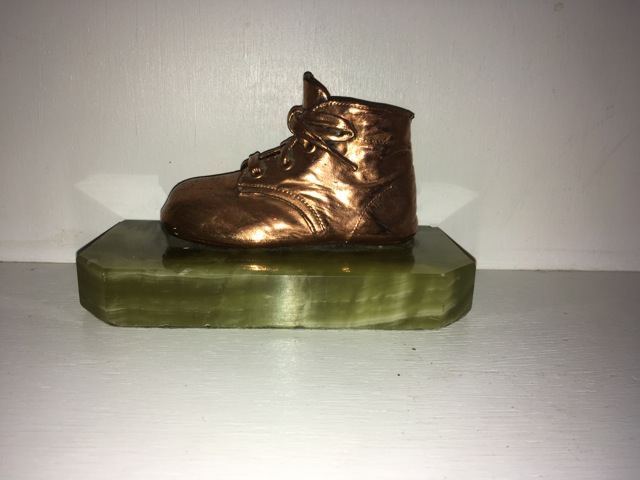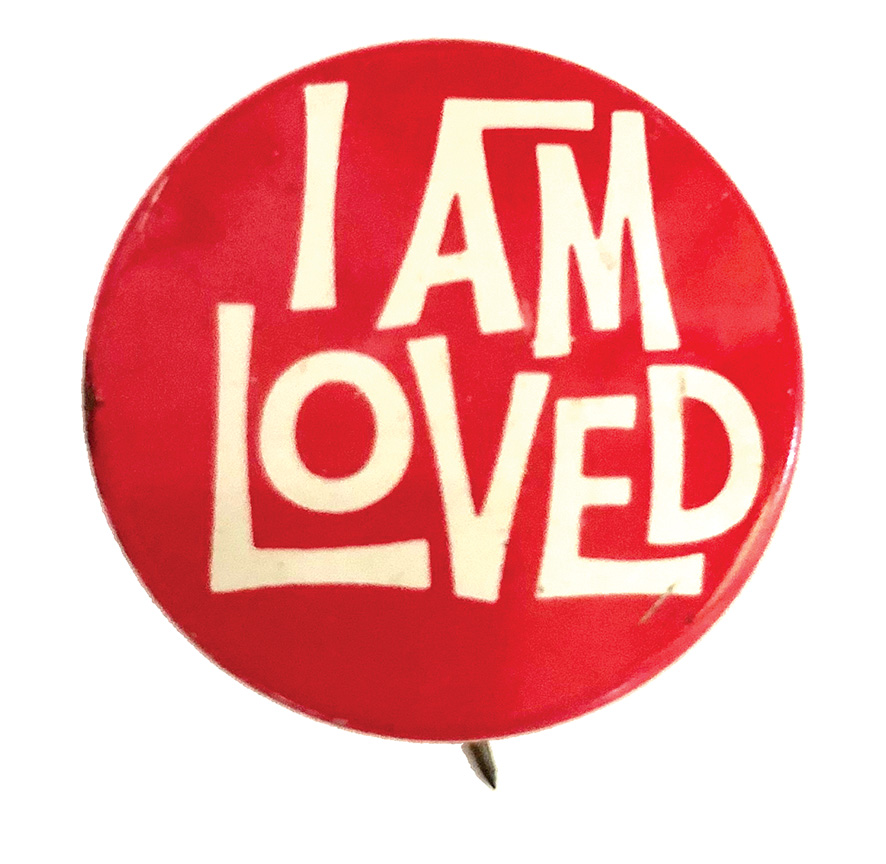Dorri Partain
Northeast News
Preserving baby’s first shoes was an uncommon practice until Violet Shinbach, mother of two, saw a pair of children’s shoes plated with a metal coating while shopping at a department store. After she ordered a pair herself, she decided this was a product she could market to other parents. Shinbach went door-to-door in her hometown of Cleveland, Ohio, seeking out homes that had indicators that small children lived there- toys in the yard or animal print curtains hung in windows.
At first, she had the metal-plating company that did the original shoes fill the orders she took, but by 1934, she and her husband Sam created their own foundry business, the Bron-Shoe Corporation in Columbus. By then, instead of going door-to-door, the shoes could be ordered through local jewelry and department stores.
While these preserved shoes are commonly referred to as “bronzed”, the process does not involved the shoes being dipped in actual bronze. In a multi-step process that can take several weeks, the tiny shoes are first cleaned and sealed with a coating that stiffens the leather or fabric. The laces are straightened and tied, and the tongue is adjusted, just like the shoe would look while being worn. Then the shoes are coated for the electroplating process, in which copper or other metals such as silver or gold are attracted to the shoes, forming a protective metal layer. After polishing to bright luster, the shoes receive another protective coating before being mounted on a base.
The base could include a frame, but shoes sets were also offered as bookends (as shown) or even a lamp used for TV viewing. The Bron-Shoe Corp. became the American Bronzing Co. in 1952, and was operated by the grandson of the Shinbachs until closing in February, 2018 after bronzing around 14 million pairs of baby shoes.

















